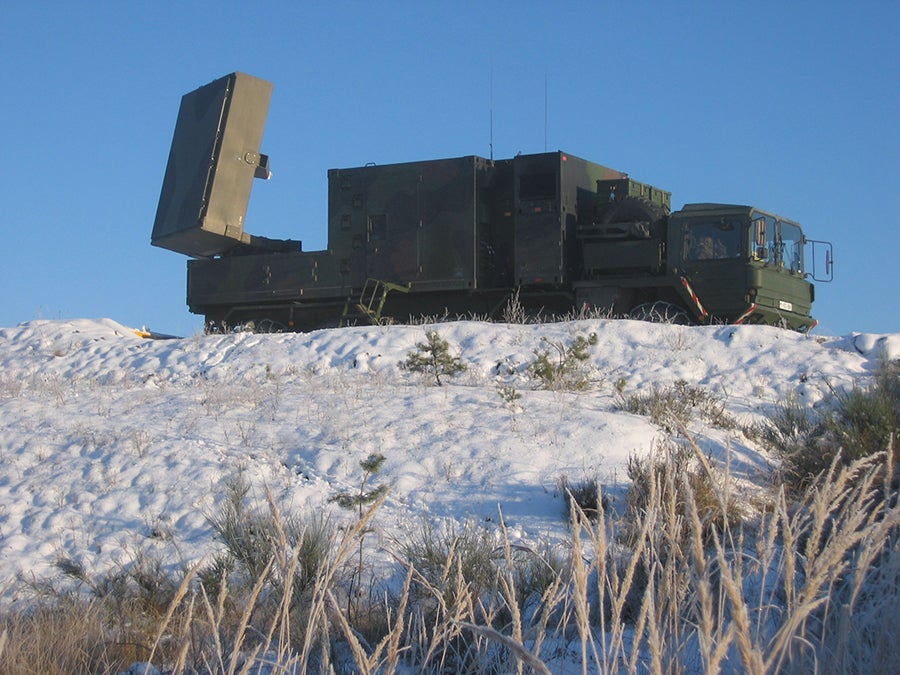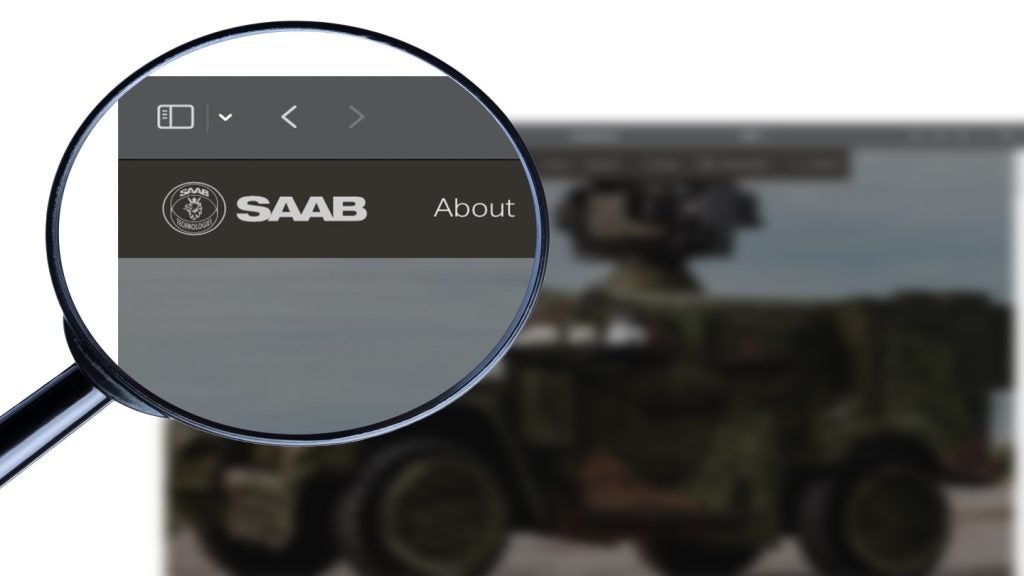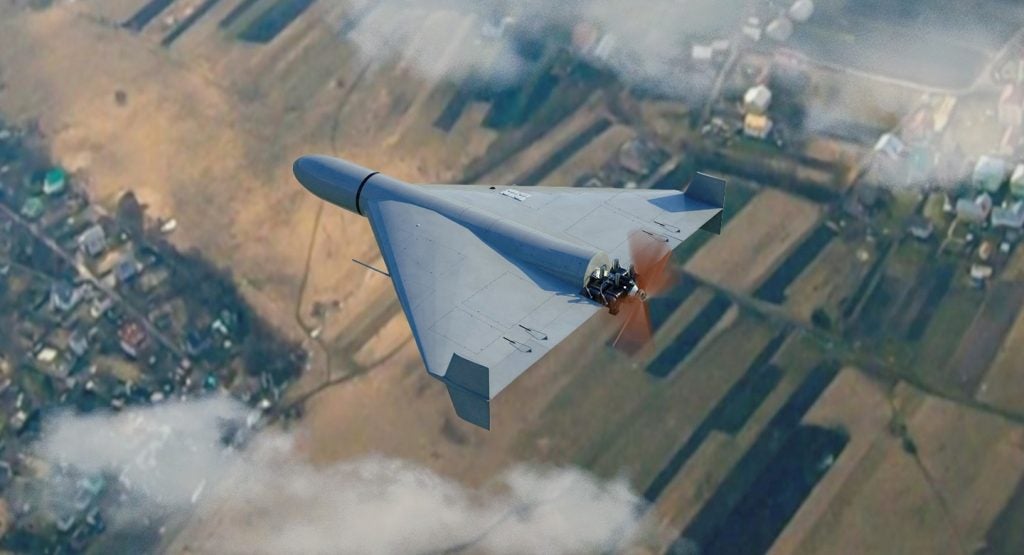The shift in the focus of Russia’s invasion of Ukraine from a multi-front campaign to an offensive limited to the east of the country has brought with it changing requirements for the type of military hardware requested by Ukraine.
Eastern Ukraine’s geography is much flatter with more wide-open space, and whilst this allows for greater freedom of manoeuvre it also plays into the strengths of long-range artillery. Both sides are vulnerable to accurate and timely fire support, and its effectiveness raises the prospect of the fighting being bogged down into a stalemate by creating an impasse where neither Ukraine nor Russia can advance without exposing themselves to withering fires.
How well do you really know your competitors?
Access the most comprehensive Company Profiles on the market, powered by GlobalData. Save hours of research. Gain competitive edge.

Thank you!
Your download email will arrive shortly
Not ready to buy yet? Download a free sample
We are confident about the unique quality of our Company Profiles. However, we want you to make the most beneficial decision for your business, so we offer a free sample that you can download by submitting the below form
By GlobalDataAs a result, Western military aid has begun to shift its focus towards artillery and sophisticated ground-based search radars that indicate the direction and range of incoming Russian fires. These ‘counter-battery’ radars can also assist in acquiring targets for Ukrainian artillery. Together with cheap, simple-to-operate and disposable reconnaissance drones and novel software solutions to coordinating fire support, Ukraine has thus far been able to frustrate Russian advances and inflict significant losses.
The unfolding artillery battle in Eastern Ukraine demonstrates the impact that advanced intelligence, surveillance, target acquisition and reconnaissance (ISTAR) can have on the battlefield, and the importance of the defense industry remaining competitive in developing the capabilities and countermeasures to provide a decisive advantage.
Ground radars and drones support Ukrainian anti-artillery operations
A number of different weapon-locating radars have been provided to Ukraine since the beginning of the conflict: the Thales Squire, the Hughes AN/TPQ-36 and the COBRA – a collaborative effort between Thales, Airbus and Lockheed Martin – are some examples supplementing the limited supply of domestically produced Zoopark-3 platforms.
See Also:
Such systems will typically be employed relatively close to the forward battle line, often at brigade-level control, and are able to forewarn of Russian fire missions and locate the direction and distance of the attacks.
Artillery has historically been a decisive factor in warfighting, with a devastating psychological as well as physical impact. Sustained and accurate barrages can demoralise forces and inhibit manoeuvre over large swathes of the battlespace. It makes counter-battery fires – essentially anti-artillery artillery – crucial to fighting conventional wars.
Amplifying the effect of these ground radars is the proliferation of small drones for reconnaissance. So long as they carry a camera with a sufficient resolution, any number of models – including commercial options such as DJI Mavic-3 – can be used to find and fix enemy troops, then correcting the fall of artillery shells to maximum effect. Other models spotted in service in Ukraine include the AeroVironment Puma and Quantix.
These small devices are having an outsized impact on battlefield awareness and subsequently changing the course of the fighting on the ground. Militaries and defence firms observing the conflict will be duly noting their effectiveness, and it is likely that the small drone market – and in turn the counter-drone systems market – will see increased demand as a result. Uncrewed aerial systems have been a feature of warfare for decades, but they are truly commonplace in Ukraine and can now be said to have ‘come of age’.
Software wars: decentralised C2 gives Ukraine the edge
Beyond these systems, Ukraine has developed software that has notably improved the efficiency and effectiveness of its own fire support whilst also minimising the impact of Russian approaches to counter-battery operations.
GIS Arta is a specialist application produced before the invasion based on lessons learnt from the conflict in the Donbas fought since 2014. It acts as a decentralised and multi-profile command-and-control system, able to process data from drones, smartphones, rangefinders and connected artillery computers to distribute requests for fire support to the nearest available platforms. It has been reported that this approach has reduced some response times to requests from 20 minutes to under a minute.
The effectiveness of such systems will inevitably vary, and other factors such as rules of engagement will always influence the efficiency of fire support. Nevertheless, it is apparent that GIS Arta is acting as a force multiplier for a nominally outgunned Ukrainian military. This is also evident in the response it has evoked from Russia – multiple failed attempts were made to hack this program both during the Donbas conflict and after the 2022 invasion.
The software enables tactics that largely sidestep the risk of return fire from Russian batteries: With tactical communications decentralised and easily accessible by field commanders through multiple mediums, Ukrainian artillery is free to deliver accurate fire from multiple directions before displacing without losing coordination and before Russian artillery – whose doctrine dictates using grouped and massed artillery firing in uniform fashion – can reply.
It is proving to be a survivable and crucially economical approach for Ukraine, who will only be able to sustain this type of fight with a steady supply of Western arms and ammunition.
C4ISR and the importance of secure satellite communications
Finally, the fighting in Ukraine has brought into focus another aspect of electronic warfare and communications technology that will only become increasingly relevant in the contemporary battlespace: The security and survivability of these integrated systems.
In the early stages of the war, Russian cyberattacks devastated Ukraine’s network of satellite communications terminals, threatening to seriously disrupt Ukrainian situational awareness. But since being given access to Elon Musk’s Starlink satellite constellation, Ukraine’s C4ISR capabilities have been mostly unimpeded by subsequent intrusion attempts.
Starlink’s user-to-user encryption and lack of vulnerable ground infrastructure has raised eyebrows for observers outside the conflict. It likely entails developing new approaches to offensive electronic warfare and has allowed Ukrainian special forces behind the line of contact to communicate and coordinate long-range fires whilst producing minimum electronic emissions, largely evading Russian surveillance equipment.
When all these technologies conflagrate on the battlefield – powerful ground-based radars, cheap uncrewed reconnaissance assets and software solutions protected by advanced and secure communication relays – they make lifting the ‘fog of war’ easier and more affordable for even ostensibly outmatched militaries. They have made the battlespace in Ukraine more transparent with lethal results for both sides, but in this instance, it has worked better to the defender’s advantage.
Russia has had its offensive power blunted as its opponents demonstrate that utilising modern technology can produce startling results in conventional warfare. GlobalData assesses that the tactical communications and electronic warfare markets will be worth $18.8bn and $11.8bn respectively by 2031, and the greatest value for money in these sectors will be found by companies who understand best the lessons learnt by the conflict in Ukraine – one that is demonstrating that shrewd use of the electromagnetic spectrum is a potent force multiplier in modern warfare.










Related Company Profiles
Lockheed Martin Corp
Airbus SE
Thales SA
AeroVironment Inc